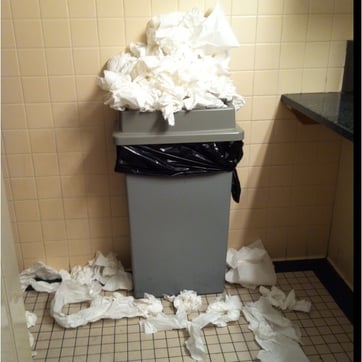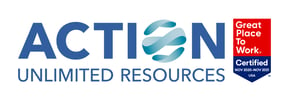
In today’s competitive marketplace, clean and fresh facilities prevent negative experiences that lead to the loss of good employees & customers. A checklist is necessary to define mission critical categories/supplies within each type of facility to create clarity, ensure consistency, and control costs leading to successful results.

Categories to Consider:
- Entrance Matting
- Floor Cleaning
- Dusting
- Polishing
- High-Touch Surfaces
- Glass & Mirrors
- Restroom
- Breakroom

- Trash Removal
- Spill Cleanup
- Pest Control
- Laundry
- Brushes
- Personal Protection Equipment
- Signs
- Batteries
- Caddies/Carts
- Ice & Snow Removal
When you align these with training, communication, and motivation you will achieve success. Of course you must also plan for unique environments.

Areas of Focus:
- Schools
- Healthcare
- Office Buildings
- Contract Cleaners
- Restaurants
- Hospitality
Gain an edge over your competitors. Check out The Ultimate Cleaning Supplies List to dive deeper into this checklist!



Enjoy this blog? Leave a comment or ask a question!